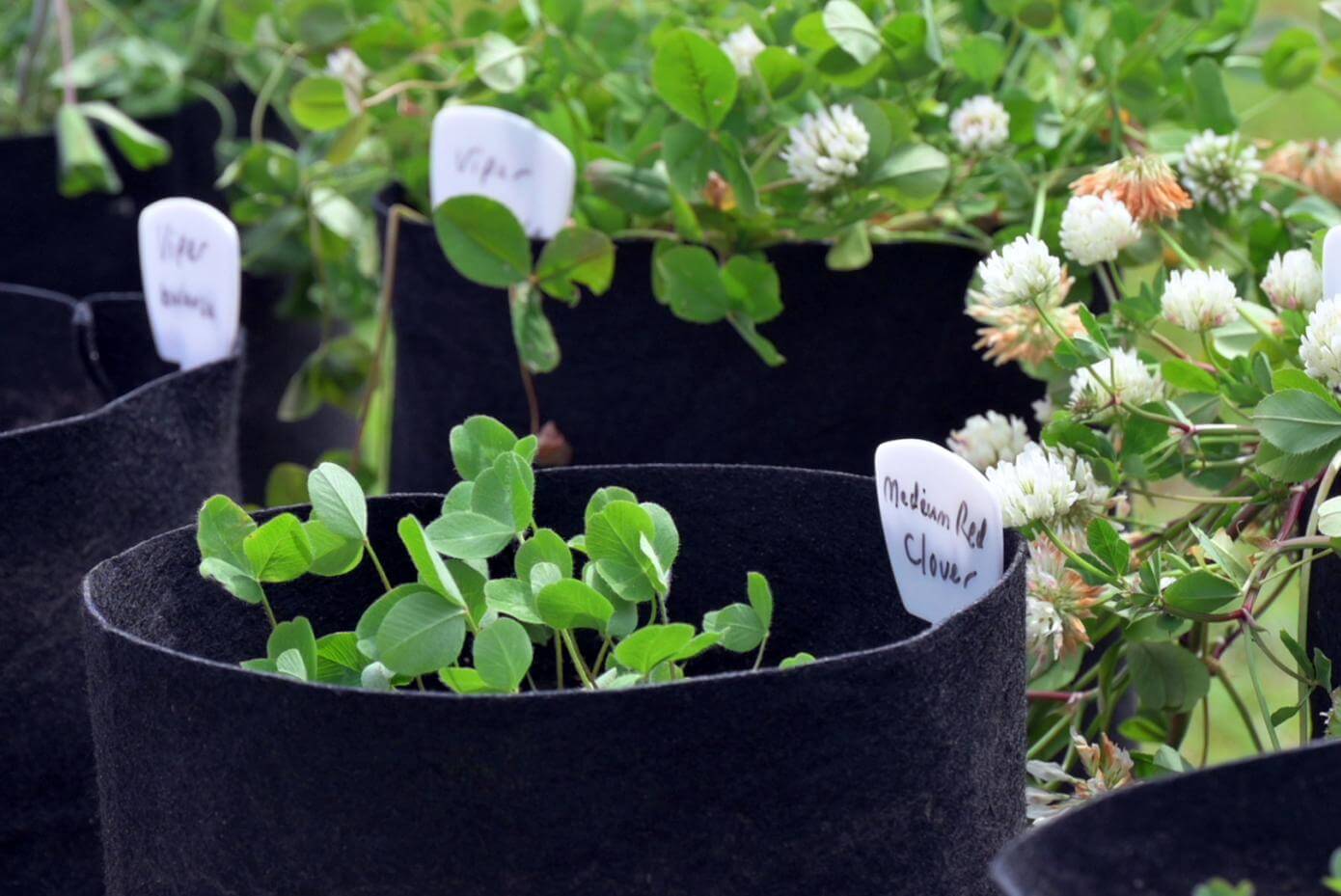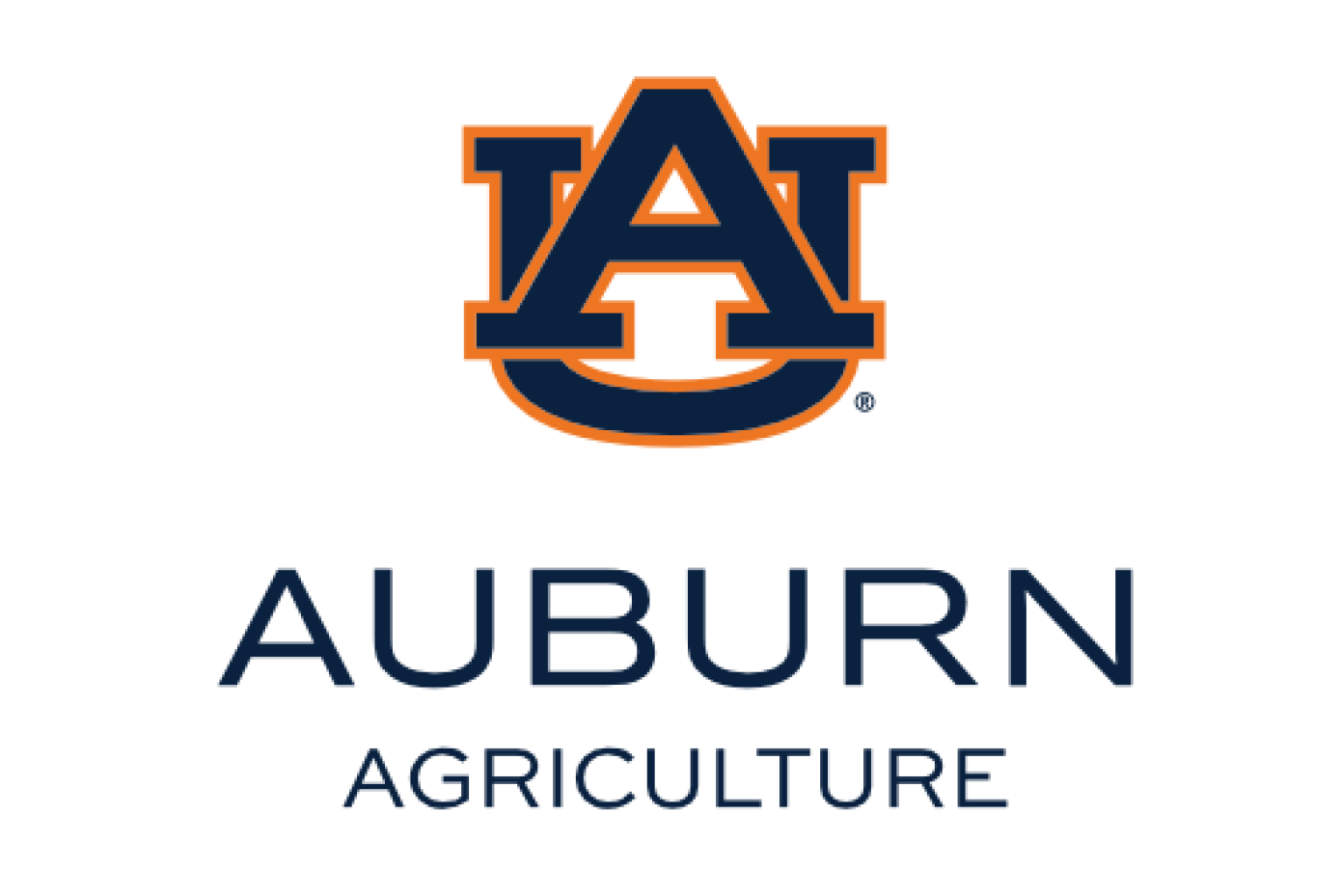Quiet Spring. Time to Prepare for Fall.
As spring 2024 draws to a close, it seems that the overall US cool-season turf and forage seed consumption ranged from average to below average, likely due to a combination of unfavorable weather and economic headwinds for consumers, farmers and businesses alike. While we don’t know what the weather will bring for fall, the economic headwinds are anticipated to remain with us, at least through the rest of the year. The middle distribution level continues conscientious purchasing to avoid paying unnecessary interest fees and reducing the risk of owning inventory priced higher than replacement costs.
While this conservative purchasing activity is understandable, it provides additional challenges to the supply chain, primarily related to response times. Historically, the West moves enormous volumes of seed through the summer months and early fall. Most of this seed flows all the way down the channels through distributors, dealers, applicators, and farmers, and finally into the ground. If fall consumption is anywhere near average, we anticipate a very active shipping season with little lead time.
Are you ready? It might be a good time to review processes, repair the broken door, do the maintenance you can do while you have the time. While your at it, might there be some training, cross-training, idea sharing you can do with your staff? (See two learning ideas below). Also, take the necessary breaks away from business too. Again, if history is anything to go by, we will likely be in the heat of shipping season before we know it. Let’s use our downtime wisely!
Learning about Legumes
We are trying to learn a bit more about some of the annual legumes we offer, and utilizing a grow-out method that allows us to look at individual plants at various growth stages and different planting times. We are even looking at their roots. So far, it is quite fascinating! As part of our learning journey, we’ve begun to add some video and time-lapse photography on our YouTube channel.
Visit the channel directly or from our links at SmithSeed.com/videos. By the way, we have nearly 100 videos on this channel for the purpose of helping you and your customers. Come join us and tell others if you find it valuable.
22 Days of Difference
For many farmers, annual ryegrass is just “ryegrass”, with little attention given to specific varietal characteristics, like maturity. Nonetheless, recent work conducted at Auburn University may help us measure seed maturity differences. This past fall, they planted 51 annual ryegrass varieties north Alabama. Amongst those 51 varieties, they found a twenty-two day range between the earliest and latest heading variety. That’s pretty significant! See complete report here.
While this data only targets plant maturity, it could be useful in helping determine the end dates of forage usefulness. For example, if it is important to protect subsequent warm-season crops or have the earliest possible preparation date for planting a warm season crop, then choosing an earlier heading variety might be best. For cooler climates with longer growing seasons, later varieties may be best, while those desiring maximum hay, silage and grazing days may find the mid-maturing varieties best for their farms.
At Smith Seed Services, we offer multiple varieties in the entire range (see table). We also have new genetics in the pipeline for each category. Check out this exciting data from Auburn and contact your Smith Seed representative to see which varieties fit best in your program

